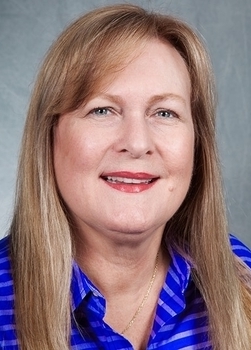The photographer in me is compelling me to write about copyrights in this post. The © symbol is the most common way that photographers and artists, of all types, mark their work as copyrighted. There are other “approved” markings, including “Copr.” or the whole word “Copyright” along with the year of publication and name of the creator. Under U.S. law, the copyright is owned by the creator and ownership is immediate with the creation of the work. As a photographer, this means that when I press the shutter button to take a photograph, I own the rights to that photo. As a means of further protecting the ownership of a photograph, or other art work, music, and written materials (books, poems, etc.), one can register the copyright with the Library of Congress. Sticking with photography, I periodically register the copyrights of a batch of images. Once registered, proving ownership is simpler, as is collecting damages if someone infringes on my copyright. Registration creates a statutory minimum damages threshold reducing the difficulty in proving the worth of an image. Why, you might ask, am I writing this? Some readers may have seen my images on FaceBook, or one of my websites (including www.magnusweb.com, www.courthousesofflorida.com, and www.dhfphotoworks.com). I try to include a watermark with copyright notice on all these images. Unfortunately, in my own perception, these are sometimes distracting and detracting from the overall image, but I am doing this for a reason. My images have been “infringed” that is, “stolen,” multiple times. My courthouse images have been taken without permission by lawyers, politicians, and others who apparently find them desirable. While having my photography “borrowed” or shared is perhaps a bit flattering, I discourage it because I have considerable investment in my photography. Copyrights protect that investment. The investment includes thousands of dollars in camera gear. Additionally, getting a good photo is not as easy as it may seem; I spend many hours when taking photos, not to mention the cost of travel expenses, gas, hotels, and meals. Most of my courthouse images have taken me 2 to 4 trips to the particular courthouse to get a good shot in good light. Further, in that I sell images as prints or electronic images for use by various clients, having my images stolen hurts my business. As with any business endeavor, protecting one’s business legally is important. That’s why you’ll find a watermark and other notations about copyrights on my photos wherever possible. Now you know the rest of that story.
It is amazing to me how many of David’s beautiful photos have been purloined, including by attorneys, judges, and the media. Some people and organizations evidently believe they are entitled to take whatever they want, even if it doesn’t belong to them. David is forceful about protecting his copyrights. His photos are similar to any original work of art in that he, the artist/photographer, maintains exclusive ownership over his photographs. When a law firm stole many of David’s photos to use as a slide show in their lobby, the attorneys were silly enough to try to blame their office manager (a non lawyer) for their misappropriation. I am not a lawyer, but I sure know about the concept of vicarious responsibility, whereby an employer is responsible for the actions of its employees, thus, the attorneys’ attempt to blame their office manager was slightly humorous. This being said, stealing, in whatever form it takes, is not humorous and I applaud David’s efforts in protecting his original artwork. Word to the wise: If you like one or more of David’s photos, buy one; they are for sale. And, if you are real lucky, he might even give you one as a gift!



Comments are closed.